The Ultimate Pacific Crest Trail Packing List
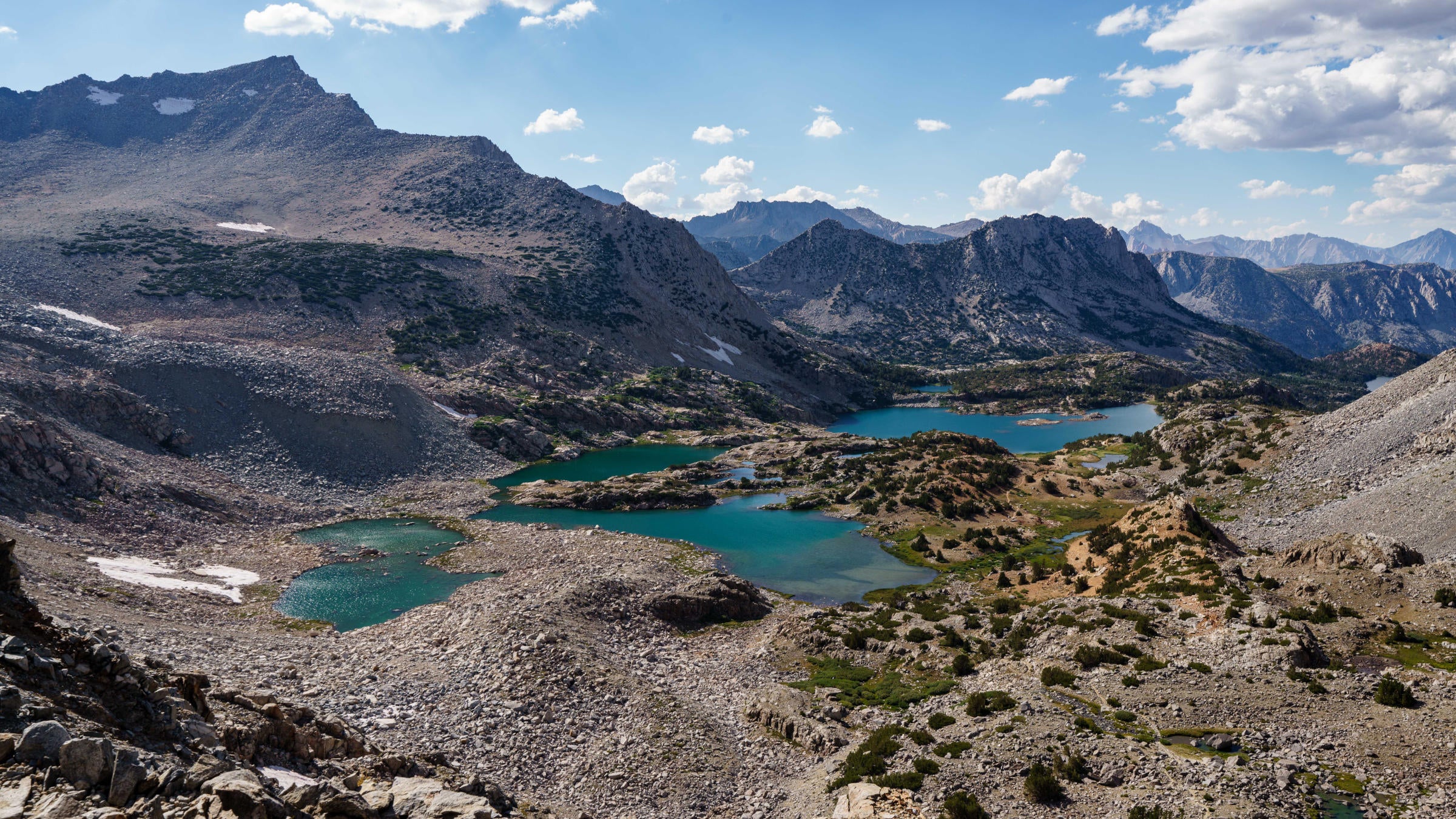
Above Bishop Pass on the Pacific Crest Trail (Photo: Jake Stern)
On a Pacific Crest Trail thru-hike, you’ll be spending months with your gear. Pick it wisely, and you’ll have a friend who never lets you down. On the other hand, gear that is just “good enough” for a short hike could rub you the wrong way when carried day-after-day and may even lead to injury.
Some thru-hiking gear is the same stuff you would use backpacking, but much of it is a little different. Since you’re carrying the gear for much longer with a goal of hiking most of the day with less time in camp, thru-hiking gear tends to be smaller and lighter than most traditional backpacking gear.
There’s no such thing as the “perfect gear for the PCT”—only the perfect gear for you. What gear you use depends on your skills and experience. But your choices also depend on your age, fitness level, and any health issues you may have. While many PCT hikers who set out on a thru-hike have a similar dream and goal in mind, everyone has a different way of getting there. Your gear choices will change depending on whether your goal is to hike fast, stay comfortable, take great photography, or see the trail in as many seasons as you can stand it out there.
I prefer lightweight and even ultralight gear when thru-hiking. Walking day-after-day, month-after-month takes a toll on the body, and I find that carrying lightweight gear can help reduce the aches and pains associated with backpacking.
But lightweight gear (heck, any gear) is only useful so long as a thru-hiker knows how to use it in different conditions. Test your gear out on shorter backpacking trips before starting a thru-hike. Here’s a solid list of easy-to-learn, thru-hiker-approved gear for your journey.
-Snorkel
Written in 2017 by Liz “Snorkel” Thomas; Updated in 2025 by Nathan Pipenberg
Big Four
Try to keep these major items below 2 pounds each.
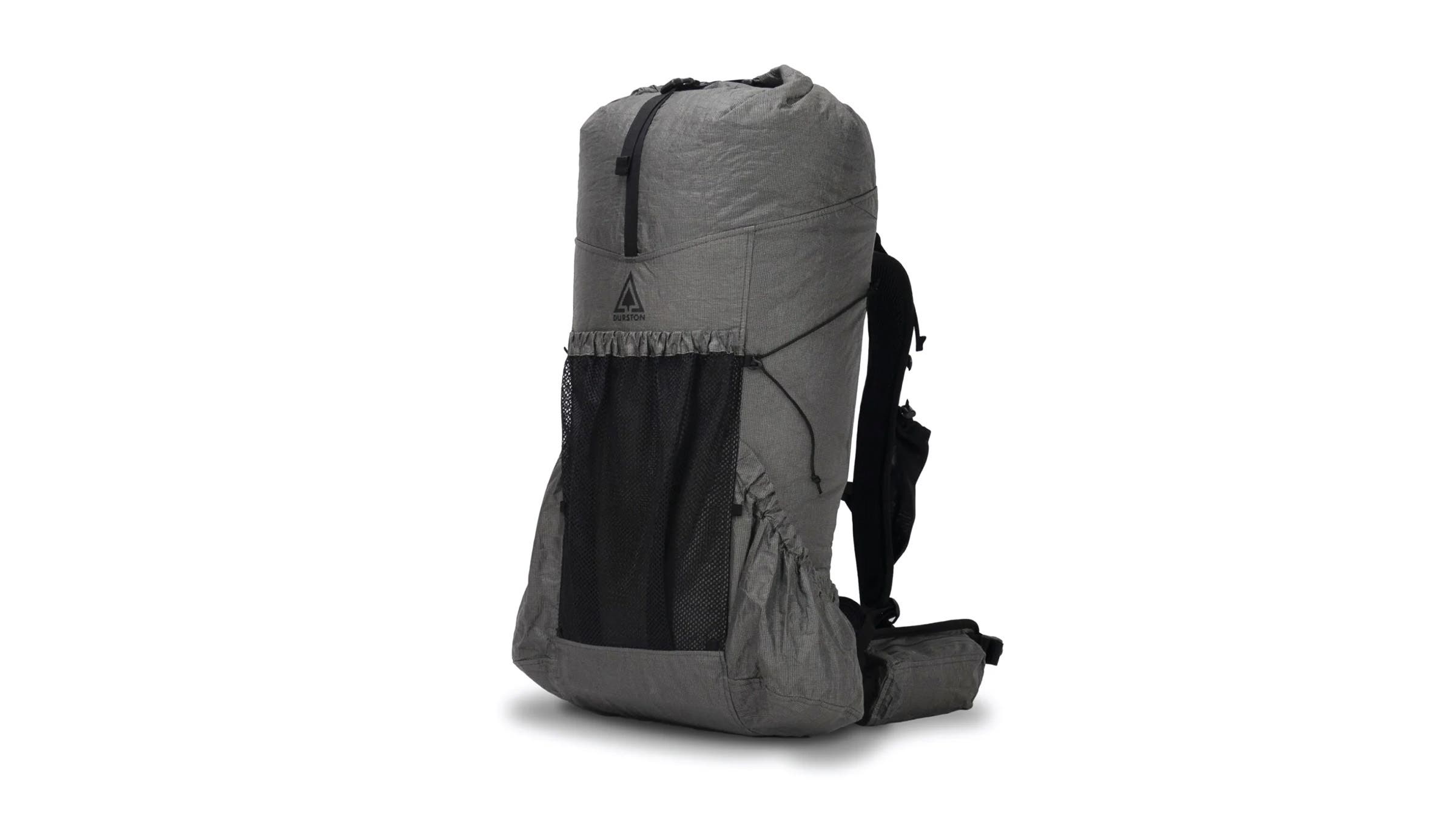
Backpack
Buy this last: Once you know the volume and weight of your other gear, it’ll make your choices easier. A good pack should fit your body, ride well when loaded, and not rub or chafe when you’re on the move. The Durston Kakwa 55 features rugged fabrics (we think the cheaper Ultragrid fabric option is plenty durable), a light but robust suspension system, and a total weight under two pounds. In all, it’s a featherweight pick that can handle a load, including a bear can and heavy food and water carries. Most packs of this weight aren’t waterproof, so I always use a pack liner (a trash compactor bag or Nylofume liner works well).
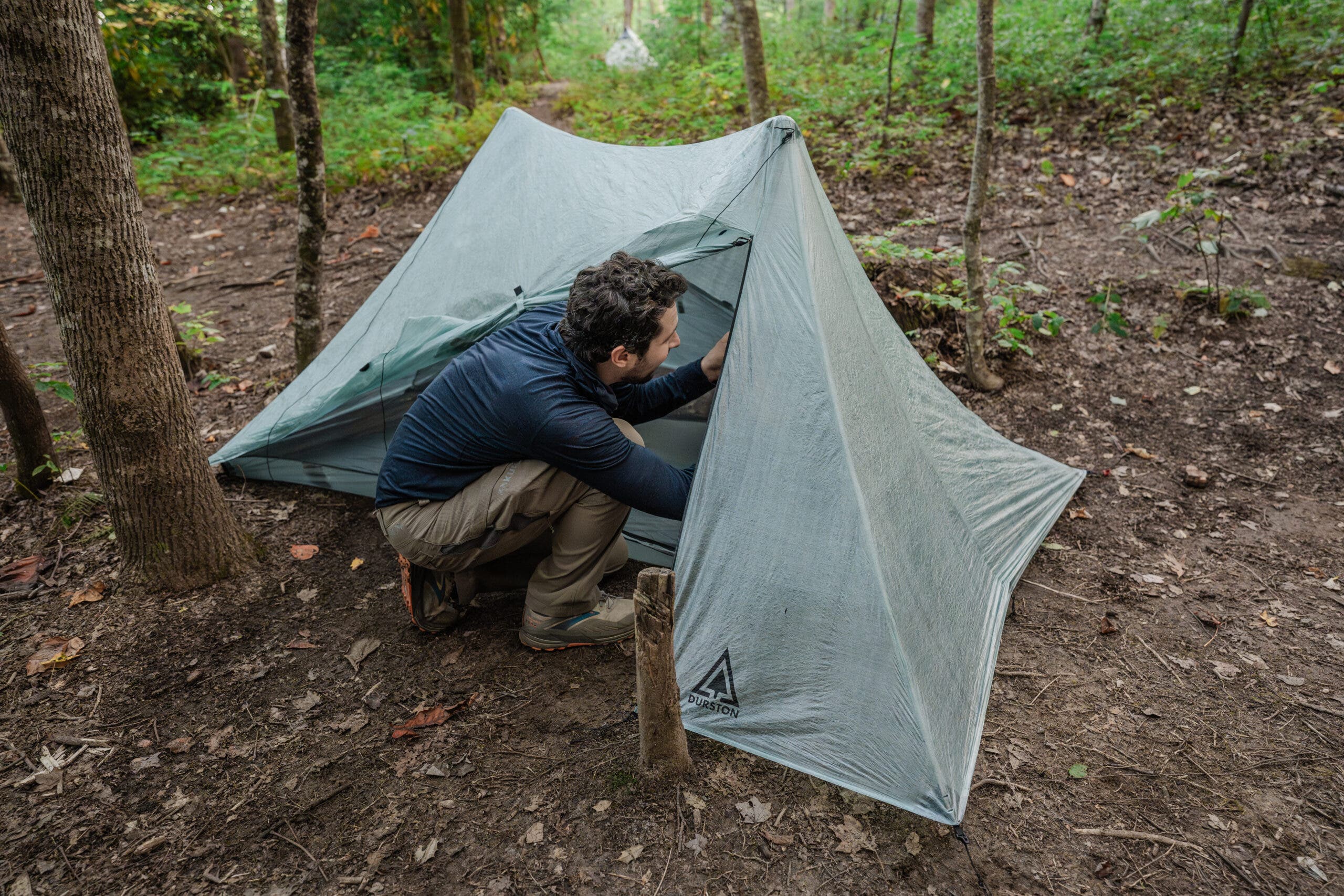
Shelter
A good PCT shelter is lightweight, durable, easy to set up, keeps out bugs, and holds up to storms. The sewn-in-Seattle Tarptent Rainbow or its larger two-person version, the Double Rainbow, are a good balance of weight, price, and durability, offering a ton of space for less than two pounds. For ultralight options, the Durston X-Mid Pro 1 or Zpacks Plex Solo Lite are among the lightest shelters money can buy.
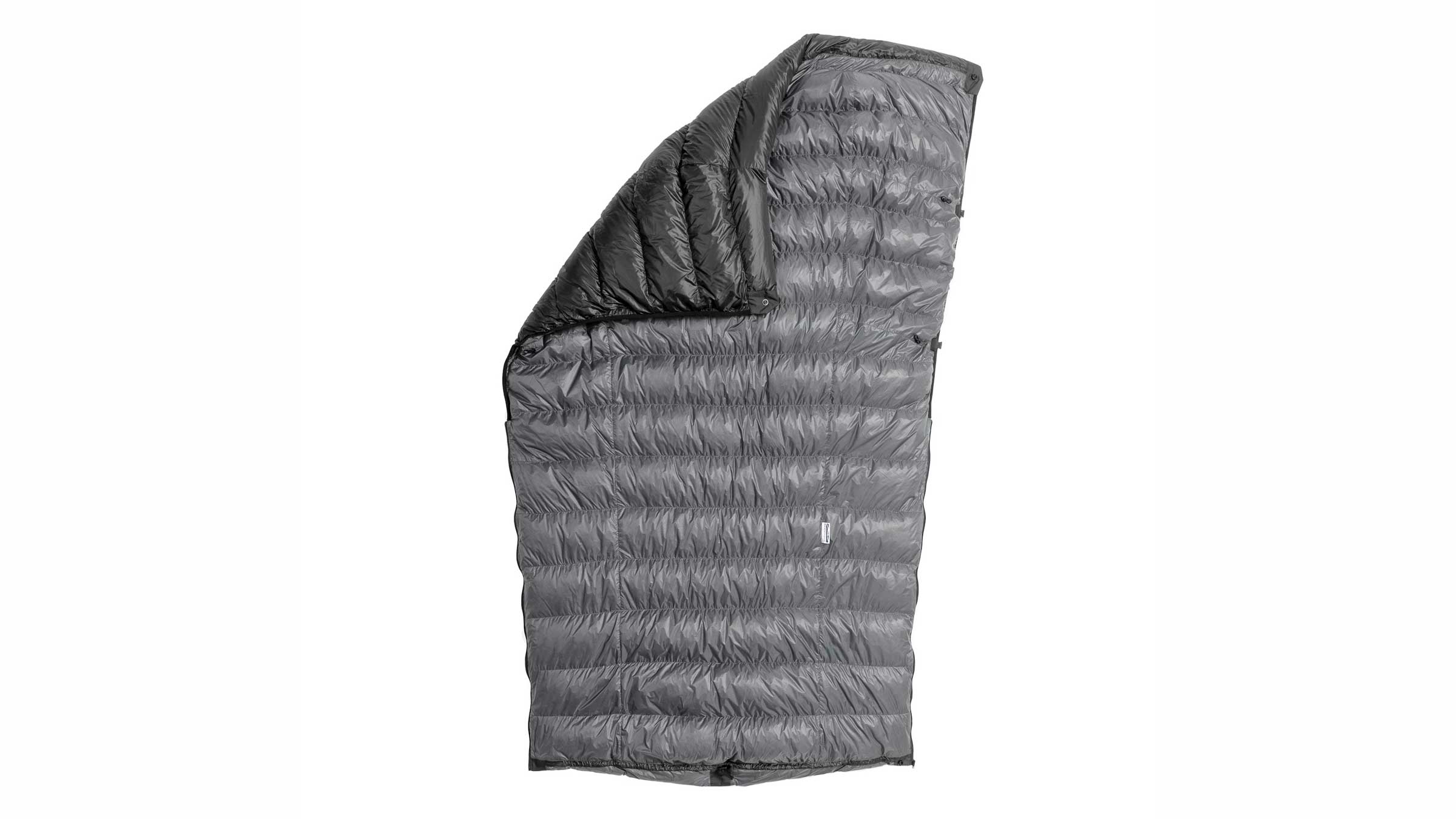
Sleeping Bag or Quilt
Temperatures on the PCT can be anywhere between the teens to more than 100 degrees Fahrenheit, so no one sleeping bag is going to be perfect for every night. Most hikers find a quality 20-30 degree down sleeping bag or quilt to meet their needs for almost every night of the trip. PCT hikers are also increasingly choosing sleeping quilts to get the warmth of a bag at 2/3 the weight and volume. We recommend the Katabatic Flex 22, which uses 900-fill power down. For those looking for a traditional mummy, try the Western Mountaineering Ultralite or REI Magma 15, which have full zippers and hoods but weigh less than 2 pounds.
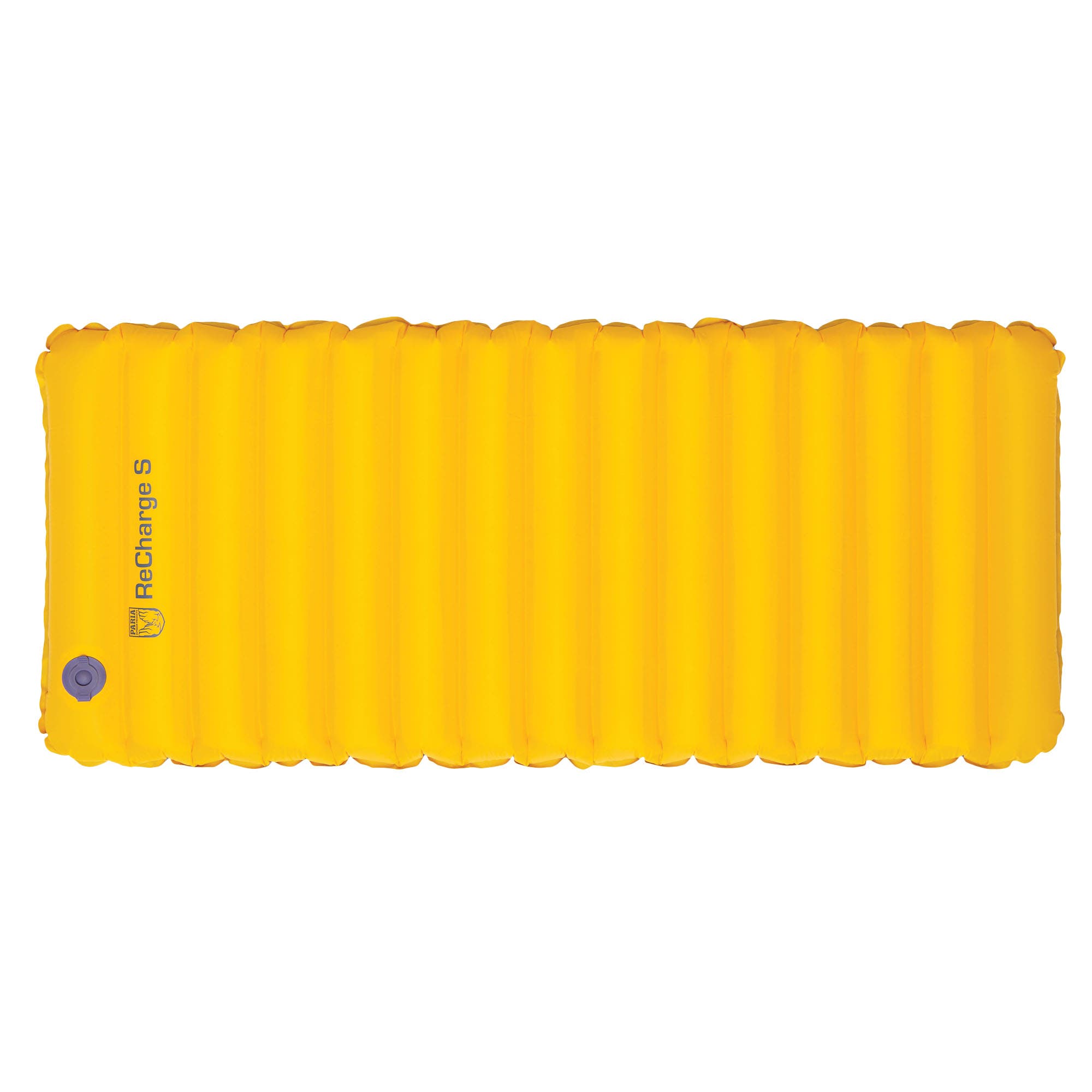
Sleeping Pad
A sleeping pad is not just a mattress to stay comfy: it keeps you warm by insulating you from the ground. That may mean the difference between no shut-eye and a good night’s rest in the Sierra or Washington. Inflatables pads, which can be as light as foam pads while offering more comfort and warmth, are by far the most popular choice among today’s thru-hikers. The top ultralight option is the NEMO Tensor Elite short, boasting a 2.4 R-value and 3 inches of thickness at a weight of just 7.6 oz. When using an ultralight inflatable, it’s worth bringing along a super-thin foam pad like the Gossamer Gear Thinlight, which can protect your pad from punctures and double as a sit pad (or yoga mat) in camp. For more budget-minded options, consider the 3/4-length Paria Recharge S, or—if you’re sure you find it comfortable enough—the short version of the Thermarest Z-lite Sol, which will set you back just $50.
Pacific Crest Trail Apparel and Accessories
The easiest way to cut your clothing’s weight: bring less of it. You’ll be stinky, but by carrying only what is on this list, you’ll have all you need to survive most PCT conditions. Use laundromats often.
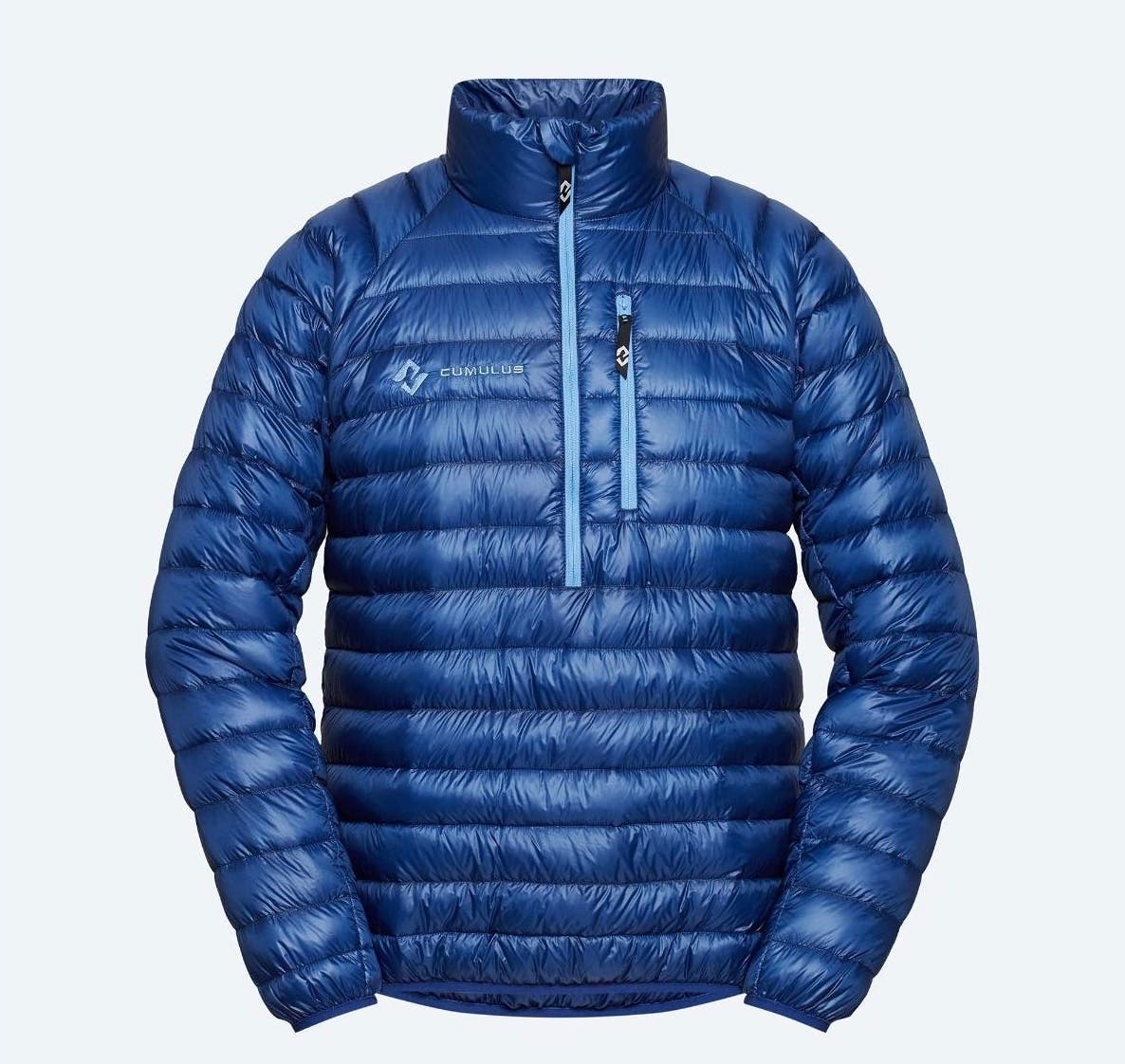
Puffy Jacket
No matter your hiking style or goals, you’ll want a lightweight puffy like the 6.7 oz Cumulus Primelite Pullover to help manage the extreme temperature swings on trail. If you’re concerned about rain in the Pacific Northwest, a synthetic alternative like the Montbell U.L Thermawrap weighs only 2 ounces more and stays warm when wet.
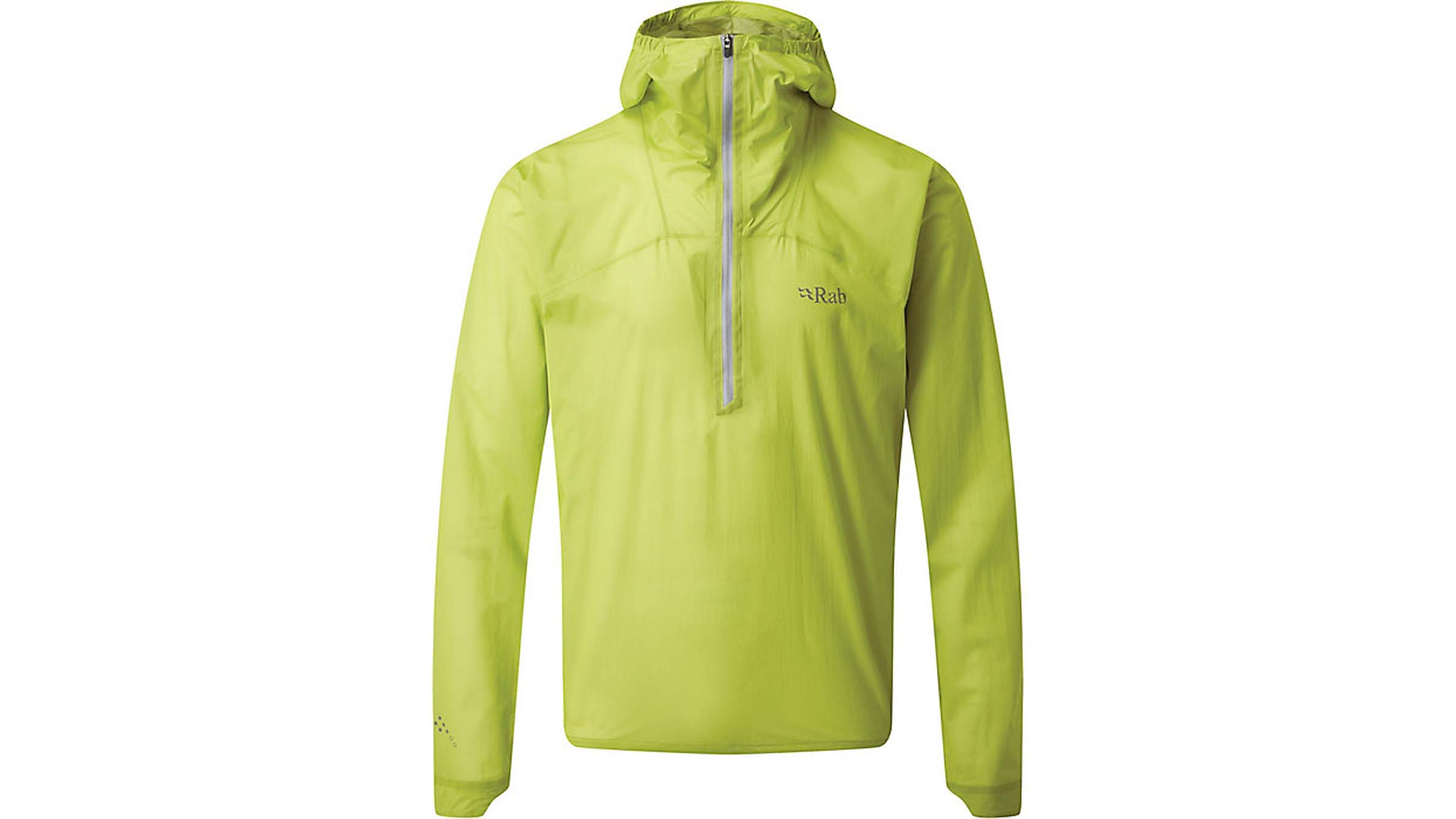
Raingear
It may never rain in California, but PCT hikers can tell you when it does rain, it pours, hails, and snows. Oregon and Washington can get precip for days. The Rab Phantom Pull-On is made for running, so it vents well. That means you won’t constantly be taking off your pack to switch layers. We also have to give a nod to the FroggToggs Ultra-lite2 jacket, which lacks durability but is quite light and breathable given its $25 price tag. A lightweight rain jacket that functions in this way should be enough to see most thru-hikers from Mexico to Canada. Many thru-hikers pack a lightweight umbrella, which can double as a parasol in the desert sun.
Lightweight Gaiters
The PCT can be a sandy and gritty trail. I started without gaiters, but after one too many rocks and pine needles in my trail runners, I picked some up along the way. I like Dirty Girl Gaiters, which weigh little more than an ounce, and are made of a breathable four-way stretch fabric that doesn’t cause feet to overheat. Best yet, they come in lots of designs to show your personality, which is important given that you’ll be wearing the same thing every day. —Snorkel
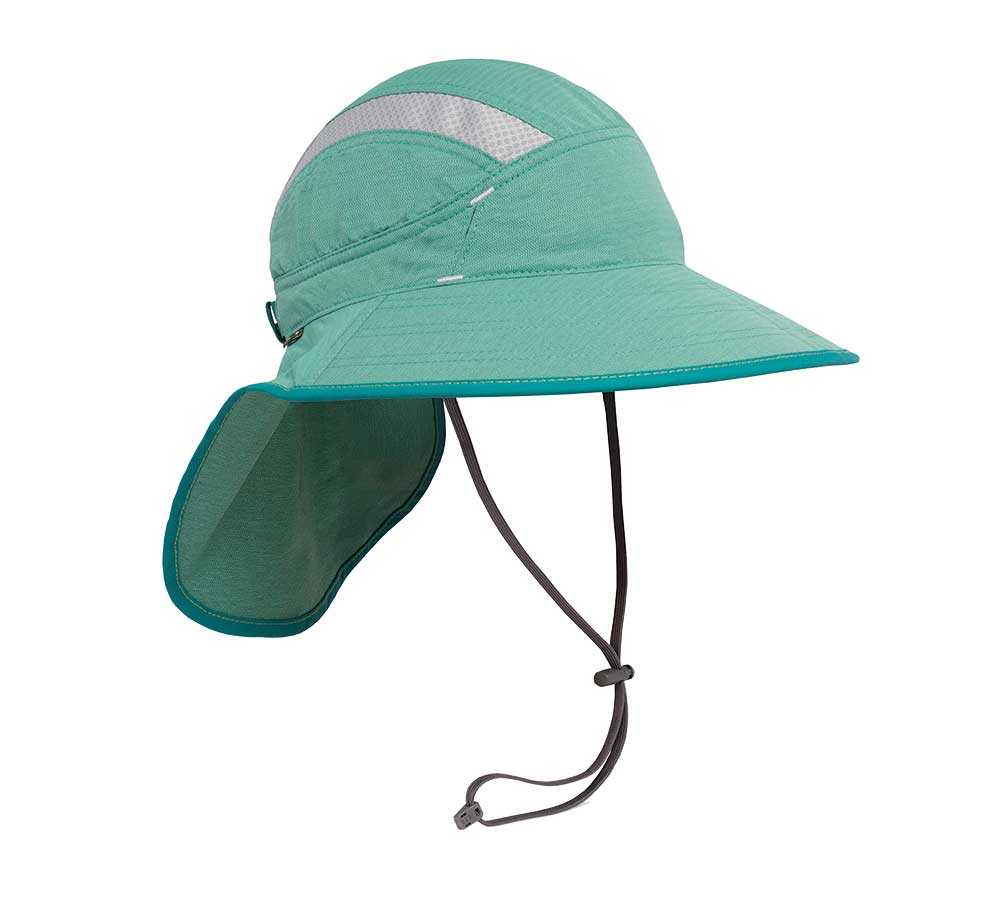
Hats
The desert is a sunny place. Bring a hat with good coverage to protect your face. The Sunday Afternoons Ultra Adventure Hat has a wide brim and neck coverage and weighs only 2.6 oz. Many hikers opt for a baseball or trucker hat and use a bandanna draped around the neck to get the same benefit. Don’t forget a beanie (any will work) to keep your head warm when the weather changes.
Undergarments
Carry an extra pair (no cotton). Consider using long underwear as sleep clothes and in colder conditions.
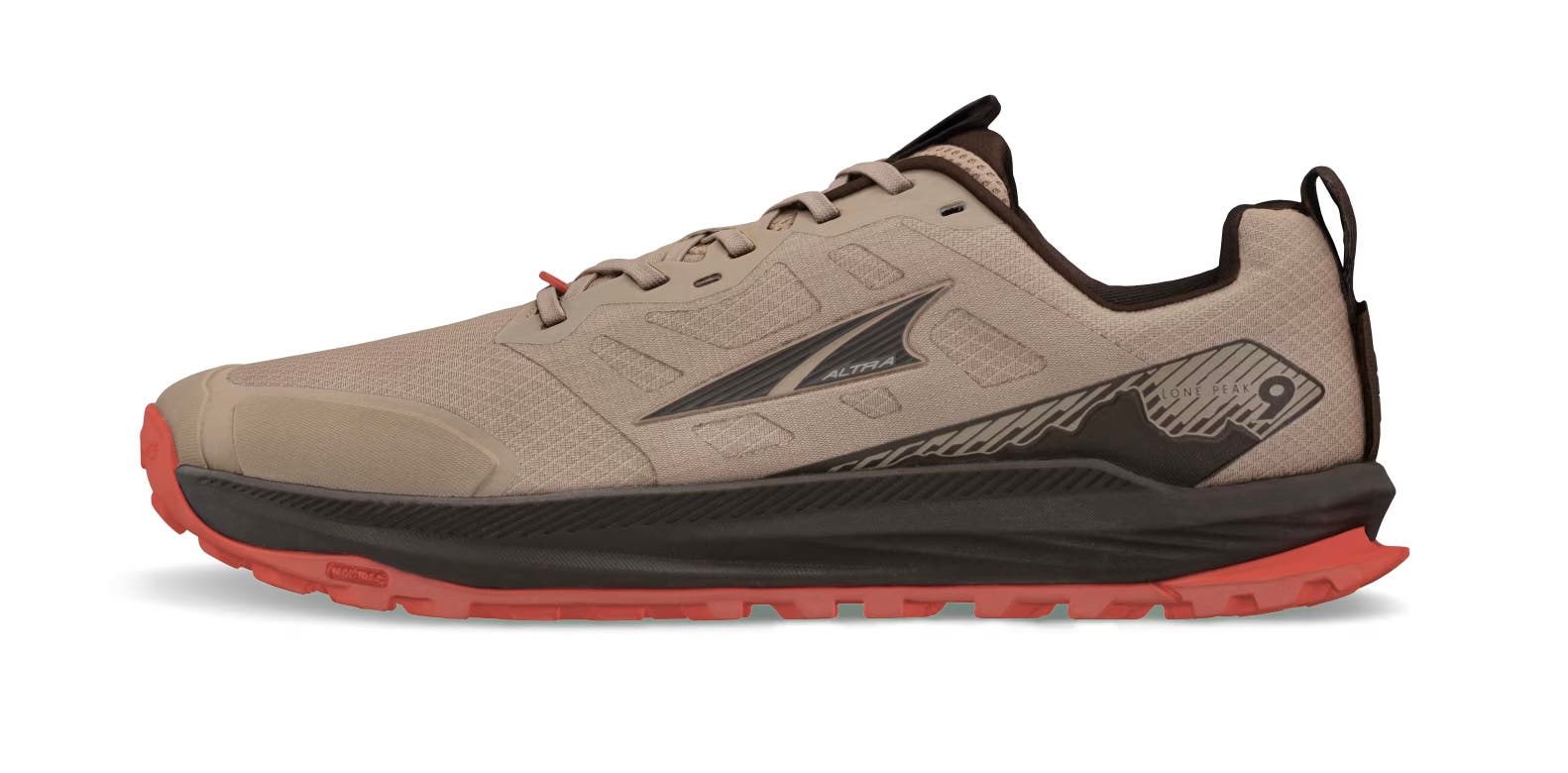
Shoes
On a 2,000-plus mile hike, you’re sure to get a few blisters no matter how good your shoes are. Almost all hikers choose mesh trail runners to prevent against excessive foot sweating (which can cause blisters) and cut down on weight. To prevent against slipping, PCT hikers ford rivers with their shoes on, so you’ll need a shoe with mesh that will dry fast. Still, hikers want enough support and cushion to carry them all day with a sole that will stick to granite.
Since fit and feel is such a personal thing, it’s hard to recommend specific models, but many thru-hikers prefer models that offer plenty of wiggle room in the forefoot, like the Altra Lone Peak 9, Topo Traverse, or Brooks Cascadia 18. Expect to replace your thru-hiking shoes every 400 miles, especially since many hikers find their feet “grow” up to two-sizes over 2,000 miles.
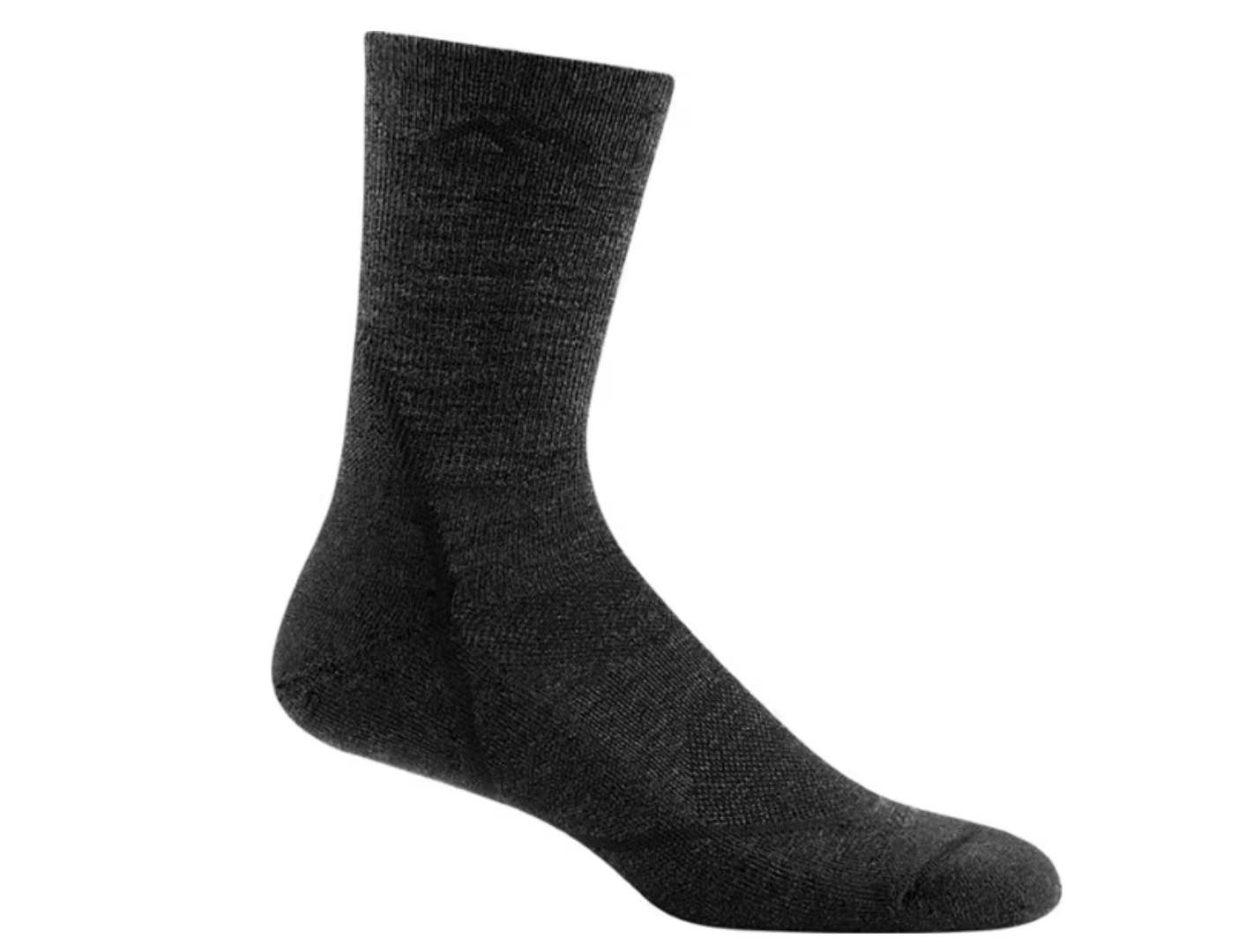
Socks
Good PCT socks can prevent blisters, won’t smell, and need to hold up for hundreds of miles. Darn Tough’s light hikers fit so well they’re barely noticeable, which cuts down on the kind of rubbing that can lead to hot spots. Merino wool reduces stink, too.
First Aid and Emergency Bag
I include a blade, dental care supplies, blister prevention and care, Krazy Glue, and over-the-counter meds for stomach issues, allergies, fever, and pain. Sunscreen and sunscreen are both musts in the desert’s harsh sun. Bug spray or lotion is useful for many sections of the trail. A whistle and mirror can make it easier to be found if you get lost. A needle, thread, and duct tape will cover most gear repair. —Snorkel
Compass, Watch, Maps, Permit
Just like on any trail, you’ll need your navigation gear. Wildfires happen every year on the PCT, often closing down the official trail and forcing hikers to navigate through unsigned stretches.
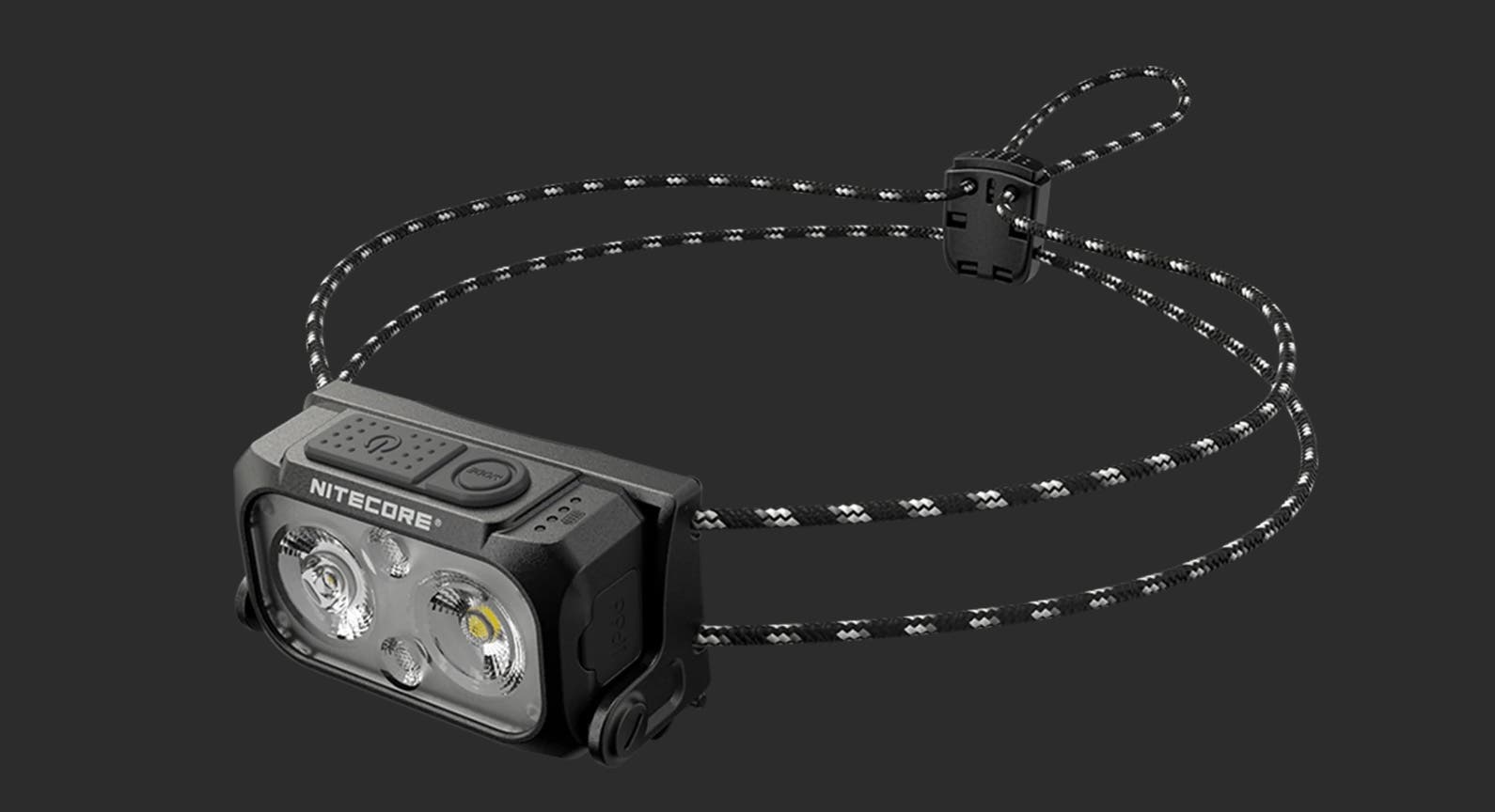
Light
Many hikers find the 0.63 oz Fenix Mini-Lite to be all they need to zip up their tent in the dark or get up and pee at night. The clip-on design lets you wear it on the brim of a hat or shirt pocket. If you prefer a real headlamp, the 1.6 oz, 400 lumen Nitecore NU25 is about as light as they come.
Potty Kit
There are lots of PCT hikers, and desert soil doesn’t decompose poop so fast. This makes it all that much more important that everyone practices Leave No Trace. Thru-hiking potty trowels like the Deuce of Spaces weigh 0.5 oz and make digging a cathole the easiest part of the day. Be sure to pack out used toilet paper.
Water Filter
With so many people using the PCT these days, a good water filter is essential to prevent illness. Inline filters that easily screw onto a Smartwater bottle (the PCT hikers’ bottle of choice) or can be used with a hose and bladder hydration system are now the de facto choice for most thru-hikers. The Sawyer Squeeze is the most durable and reliable pick, with a lifespan of a million gallons. Another option, the Platypus Quickdraw, is only rated to 1,000 liters, but offers a faster flow rate and an “integrity check” that shows if the filter has been compromised. Both of these filters can be damaged by freezing (keep it in your sleeping bag on cold nights), and require backflushing to perform at their best.
Stove (or not)
Wildfires are now a yearly event on the PCT. In drought years, the Forest Service bans alcohol stoves, including Liz’s favorite super-efficient lightweight stove from Trail Designs. Instead of packing canisters or a fuel bottle, consider going stoveless. Instead, you can cold-soak many dehydrated meals or foods in a leakproof plastic container with a screw on lid. A diet of only cold food isn’t for everyone, though. For a compact, efficient burner that won’t be affected by fire bans, check out the Soto Windmaster, which weighs just 3 oz but performs nearly flawlessly in windy conditions.

Bear Can
Many of the eight National Parks that thru-hikers visit require backpackers to use a bear can. Hikers can mail themselves a bear can before entering the Sierra and can mail their bear can ahead for other sections where bear cans may be required. At 36 ounces, the Wild Ideas Bearikade Blazer is the lightest bear can that can fit nine days of food, so it will be enough to carry most PCT hikers across the Sierra. It’s also wildly expensive compared to other heavier options, like the time-tested BearVault BV500 or the newly released REI Traverse, which has modular, nesting sections that can reduce the packed volume. A
How to buy shoes
Pacific Crest Trail hikers go through a lot of shoes—expect to wear about seven different pairs on your trip from Mexico to Canada. For first-time thru-hikers, start the PCT with a pair of shoes that you’ve worn in and trust, but haven’t used too much. If that pair worked out, when you’re 300 miles into your trip, use the internet to order yourself a new pair of shoes. Have it mailed to a hostel or Post Office near the 400 mile mark of your trip (note: Post Offices cannot accept mail from non-USPS delivery services). If your first pair didn’t work out, find a gear store near the trail and try on some shoes to find something that feels better. Otherwise, you can use the internet to size up or choose a different brand of shoes and have that pair mailed to yourself.
What to ship
The best thing about thru-hiking is you won’t need to start the trail 2,000 miles’ worth of food and gear. Use your guidebooks and maps to find the best address to send yourself gear before you go into new ecosystems. For example, before entering the Sierra, hikers send themselves a bear can and cold weather gear. When you’re done with cold weather gear, you can ship it home or ahead to the next big mountain range.